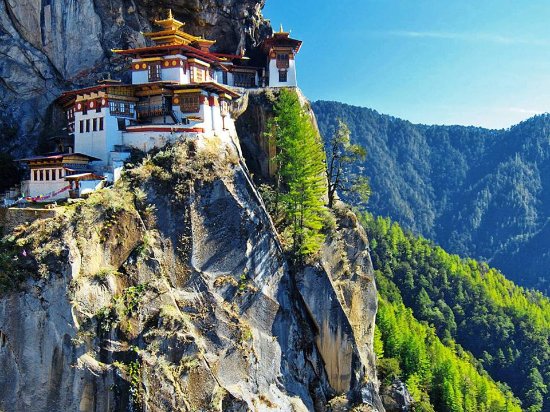
PARO TAKSANG
Paro Taktsang, also known as the Tiger's Nest Monastery, is one of Bhutan's most iconic and sacred sites. Perched dramatically on a cliffside in the upper Paro Valley, it is a revered Vajrayana Buddhist monastery.
History & Significance The monastery is believed to have been established in 1692 by Gyalse Tenzin Rabgye, around the Taktsang Senge Samdup cave, where Guru Padmasambhava meditated. According to legend, Guru Padmasambhava flew to this location on the back of a tigress and subdued malicious spirits, making the site holy1.
Architecture & Location Paro Taktsang is built at an altitude of 3,140 meters (10,240 ft), about 900 meters (3,000 ft) above the Paro Valley. The monastery complex consists of multiple temples, shrines, and meditation caves, all interconnected by stairways and bridges2.
Cultural Importance The monastery is a major pilgrimage site and a symbol of Bhutanese identity. It hosts the Tsechu festival, celebrated in honor of Guru Padmasambhava, usually in March or April.